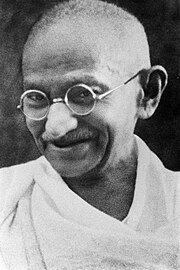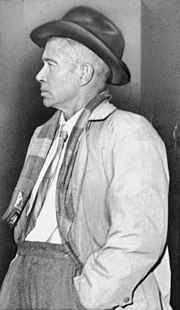Setting Short-Term Goals
Contents
Brainstorm
Reflecting back on your experience as a teacher, in what ways can you change your teaching practice for the better? This is a space where you are encouraged to set short term goals (e.g., six months or one semester) that articulate your goals, provide a personal strategy for meeting these goals, and monitor or assess the change that has occurred. You are encouraged to copy this wikipage and paste it as a subpage to your user page in Wikieducator.
Brainstorming activity to consider and add to this section:
Create a list of ten short-term goals you might have for the upcoming semester, then narrow the list down to three. These three SMART goals should be obtainable within a six-month period.
Planning for short-term personal goals
Add your personal goals here for this semester that are neither too hard/easy (e.g., To implement all Web 2.0 tools in my classroom this semester; To use PowerPoint as a teaching and learning tool, etc.) nor too vague (e.g., To use technology in my classroom). An example might be 1) To speak less and engage my learners more, or 2) To introduce different material, realia, etc. in order to create a more dynamic assessment and instruction
Reflect on where you are now as a teacher and where you want to be. Your short-term, personal goals must be the logical next step that will close this gap between where you are now as a teacher and where you want to be (Moss & Brookhart, 2010). That is, your short-term goals are not in terms of where you want to be.
Implementing a personal learning network and strategy
Think of your own learning strategy in terms of how you interact with your peripheral nodes. A peripheral node is any person, group, institution, or non-human device (i.e., online community, Web 2.0/3.0 tool, software application, etc.) that you consider helps you to become a better practitioner. The entire group of peripheral nodes is your personal learning network (PLN).
Consider your strengths that will help you achieve your short-term personal goals and the challenges that you face. Consider the following WH questions when considering your strategy:
- What is my short-term personal goal?
- Where will I work on my goal?
- Who will help me reach my goal?
- Why are these goals important to me?
- When will I reach my milestones and final goal?
- How will I check my progress as I progress along the way? (Moss & Brookhart, 2010)
Monitoring personal goals
Explaining how one might monitor one's goals will be related to an open, ongoing, workshop for EFL/ESL educators who are interested in TESOL. Modifications are encouraged and expected.
The monitoring of short-term personal goals will extend over a 16-week period (i.e., one semester). A variety of journals will be kept in order to track one's progress and a modified version of the most significant story technique (Davies and Dart, 2005) will be used as well.
References
Davies, R. & Dart, J. (2005). The most significant story technique: A guide to its use. Retrieved on October 24, 2010 from www.mande.co.uk/docs/MSCGuide.pdf
Earl, S., Carden, F., Smutylo, T. (2001). Outcome mapping: Building learning and reflection into development programs. Retrieved on October 24, 2010
Moss, C. & Brookhart, S. (2010). Advancing formative assessment in every classroom: A guide for instructional leaders. Alexandria, VA: ASCD.
Reeves, D. (2010). Transforming professional development into student results. Alexandria, VA: ASCD.

